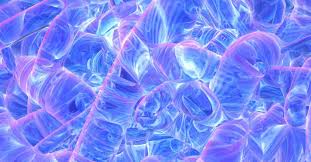Mankind, one day, might be capable of producing their own electrical power in the same manner electric eels do, as per a research group located in Japan. It is the eventual aim that starts with knowing accurately how small “motors” within bacteria preserve biological balance.
The scientists particularly aimed on a rotational motor named V1 that operates as fraction of a pump that transfers sodium ions all over the membrane as a fraction of strong cellular procedures. They posted their outcomes in Journal of Biological Chemistry.
“The of efficiency energy conversion of rotary molecular motor is much more as compared to that of human-created motors,” claimed paper author, Ryota Iino. “And rotary molecular motor’s energy conversion is reversible. If we fully know the technique, it will result in the understanding of human-made, highly efficient motors in the coming period.”
So as to know the mechanism, the scientists employed a gold nanoparticle investigation to squarely observe a sole molecule purified from Enterococcus hirae, bacteria which can lead to sepsis in people. By imaging a sole molecule at such an elevated resolution, the scientists can observe its behavior eventually and decide how the motor rotated for various segments to communicate with different inputs. Much similar to a well pump that an individual must crank to get the flow of water upward, the molecular pump must take some energy input to create extra power to transfer ions of the bacterial membrane against the gradient. The power that the human puts into the hand pump is restricted, but the contact is heavy, versus to the level of energy it uses for the water to shift upwards.
“We began out by collaborating to know how chemical power is transferred into the V1 motor’s mechanical rotation,” Iino claimed to the media.
